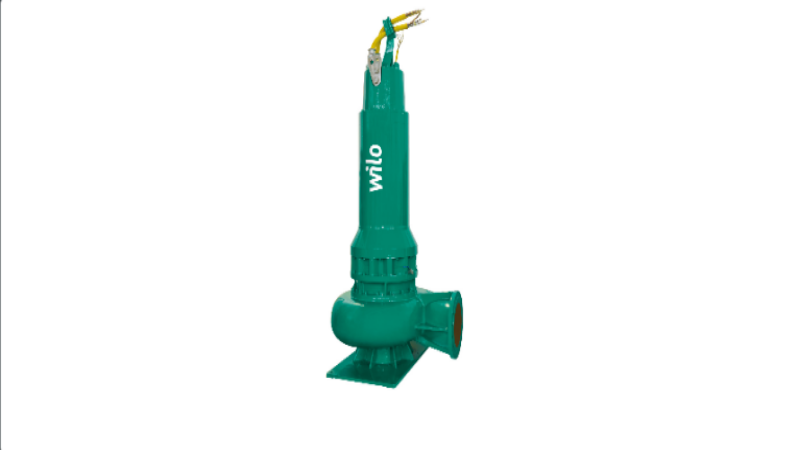While the terms Acme screw and lead screw are often used interchangeably, these are actually two different types of threaded drive screws. Of the two, the term lead screw is the most generic and simply means any type of drive screw that is designed to allow the load to be transmitted along the surface.
It is also not uncommon to hear the term power screws used to describe this group. As with the term lead screw, this is more of a generic name, but it does provide the general understanding of the type of screw.
What is an Acme Screw?
This is a screw that uses a trapezoidal thread form, which is very different than the thread form found on traditional types of fasteners. The specific thread form used by these screws was developed in the 1890s and has remained largely unchanged.
These screws are used where there is a need for smooth, easy movement along the length of the screw and when there is a significant load. They are found on lathes, vices, and in various types of equipment and machines.
The thread form of the screw is set at an angle of 29 degrees, which is slightly different than the 30-degree angle of a traditional type of lead screw. In addition, when viewed in profile, the head or top of the thread and the valley or bottom of the thread are both flat, which allows for easier and smoother motion.
This same flat profile is also important in allowing the Acme screw to have a superior ability to handle heavier loads along distances.
Important Manufacturing Issues
It will be important to choose quality lead screws of any type, including those with the Acme thread. Precision in machining and overall assistance in selecting the ideal class of screws will be essential to any standard or custom screw order.
